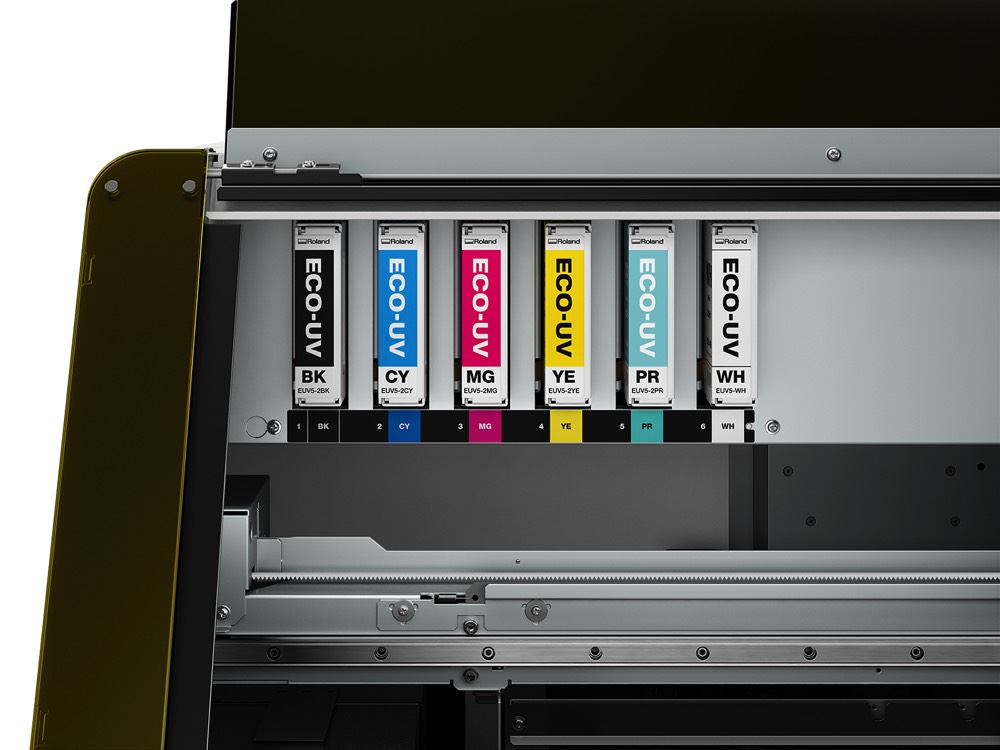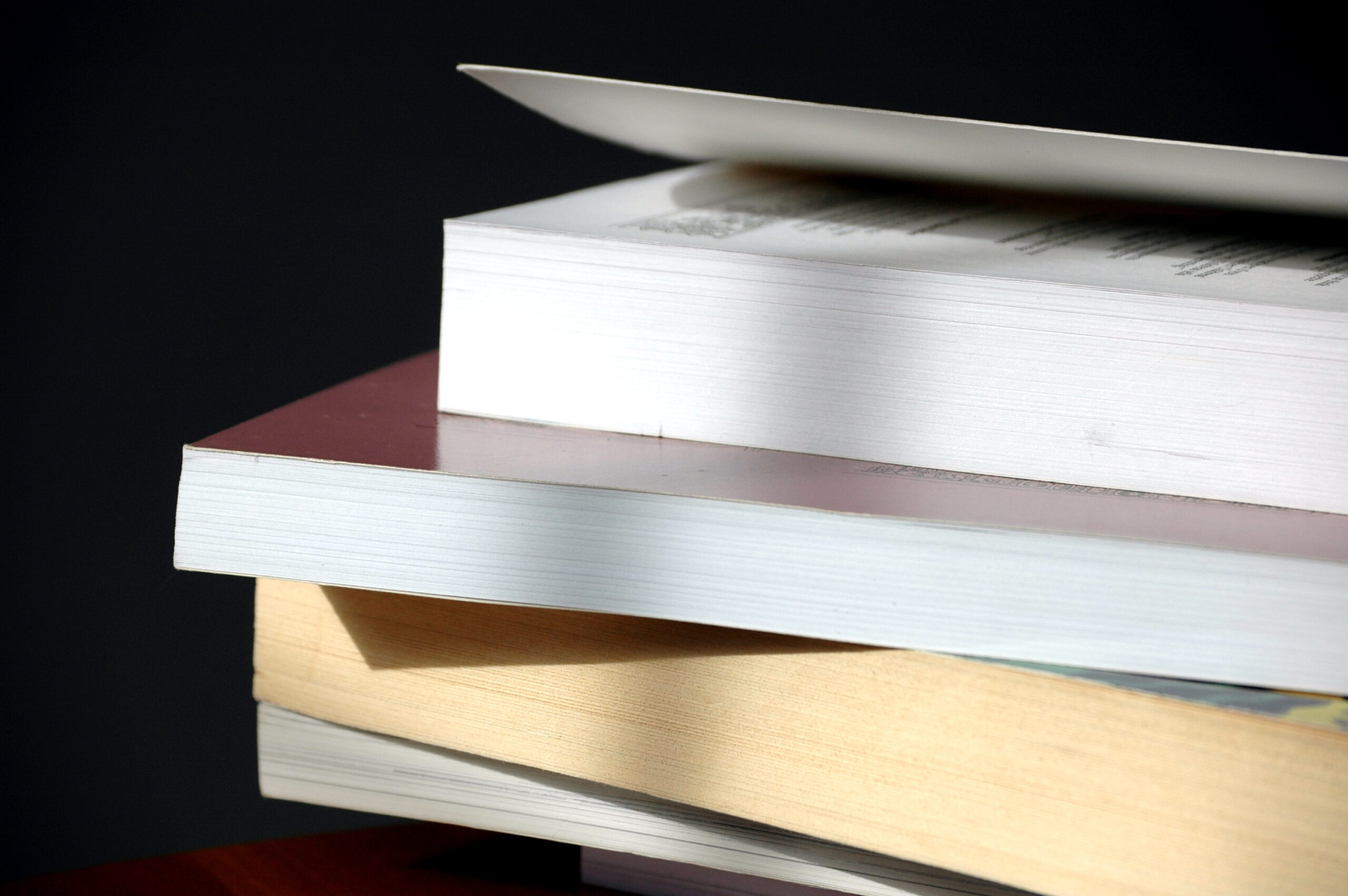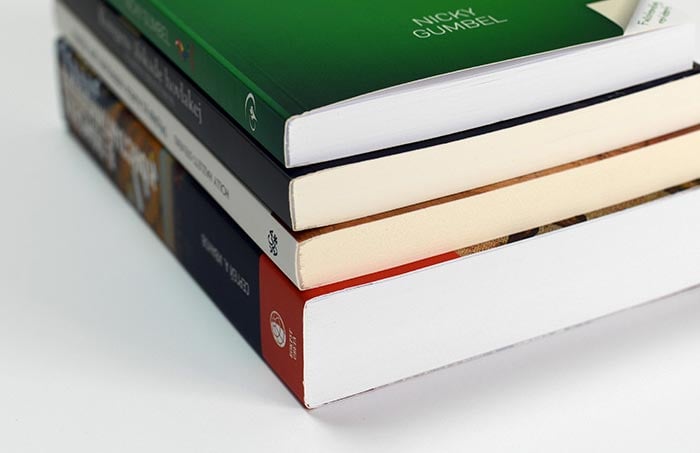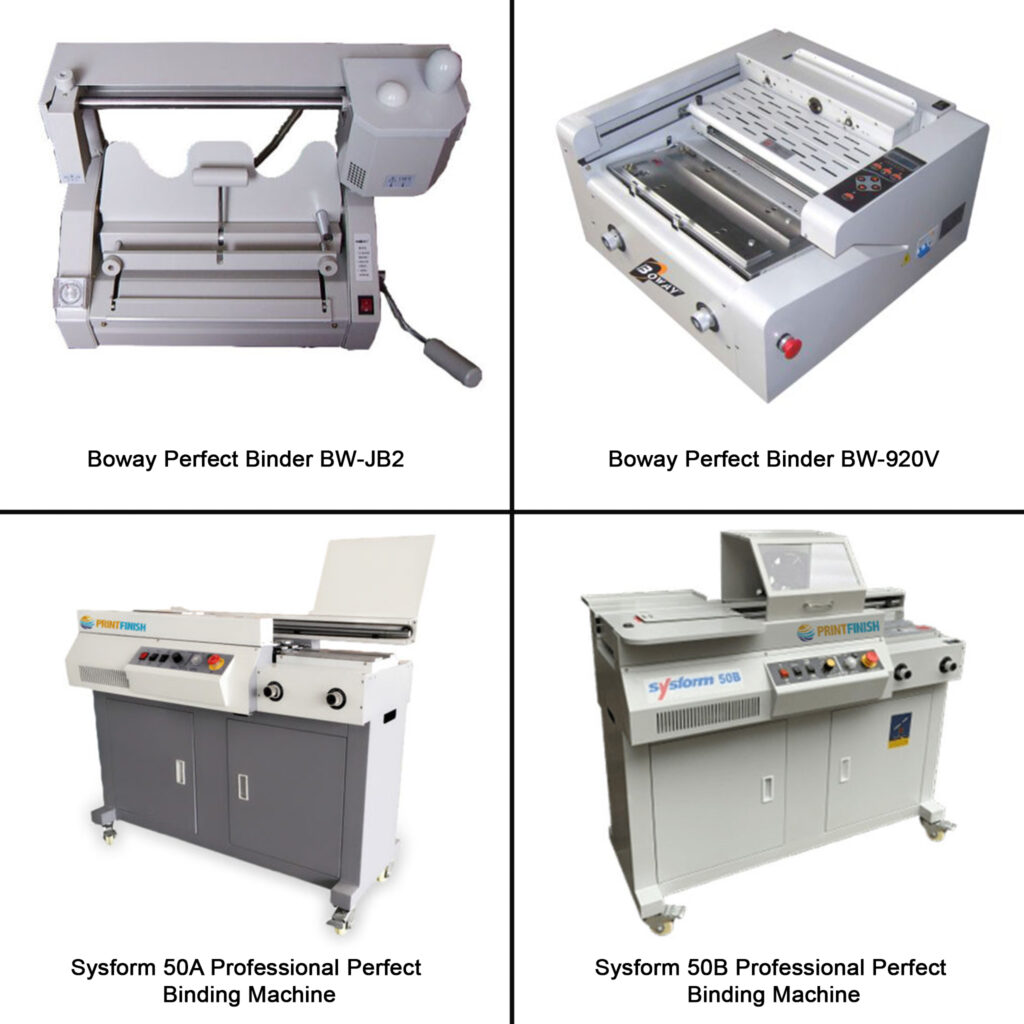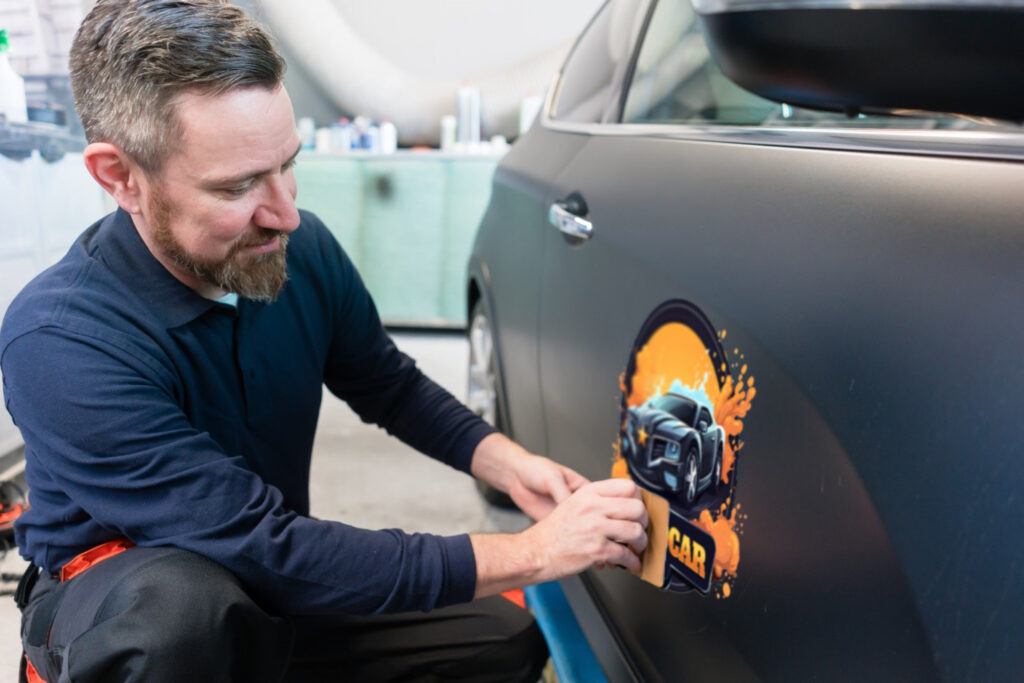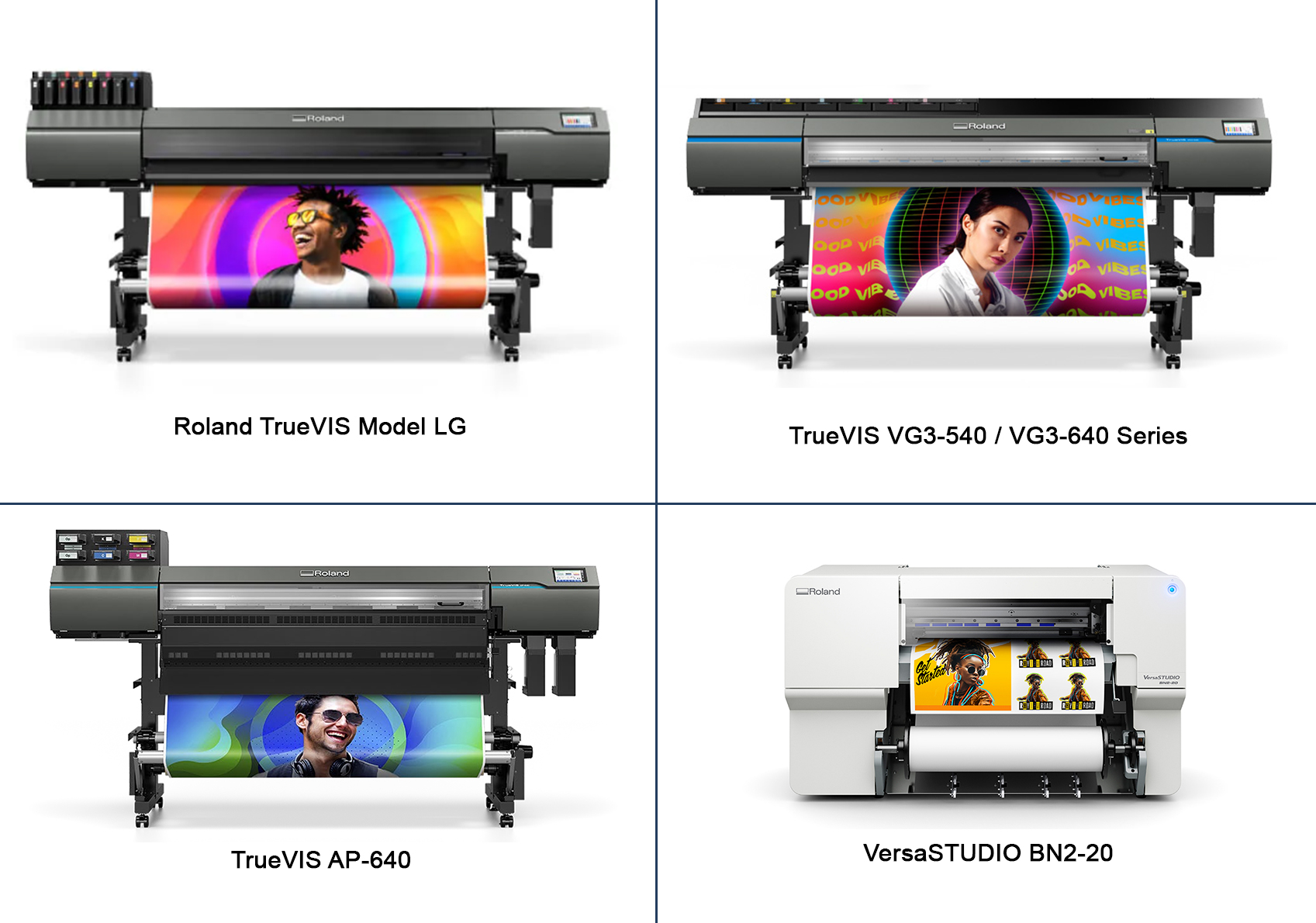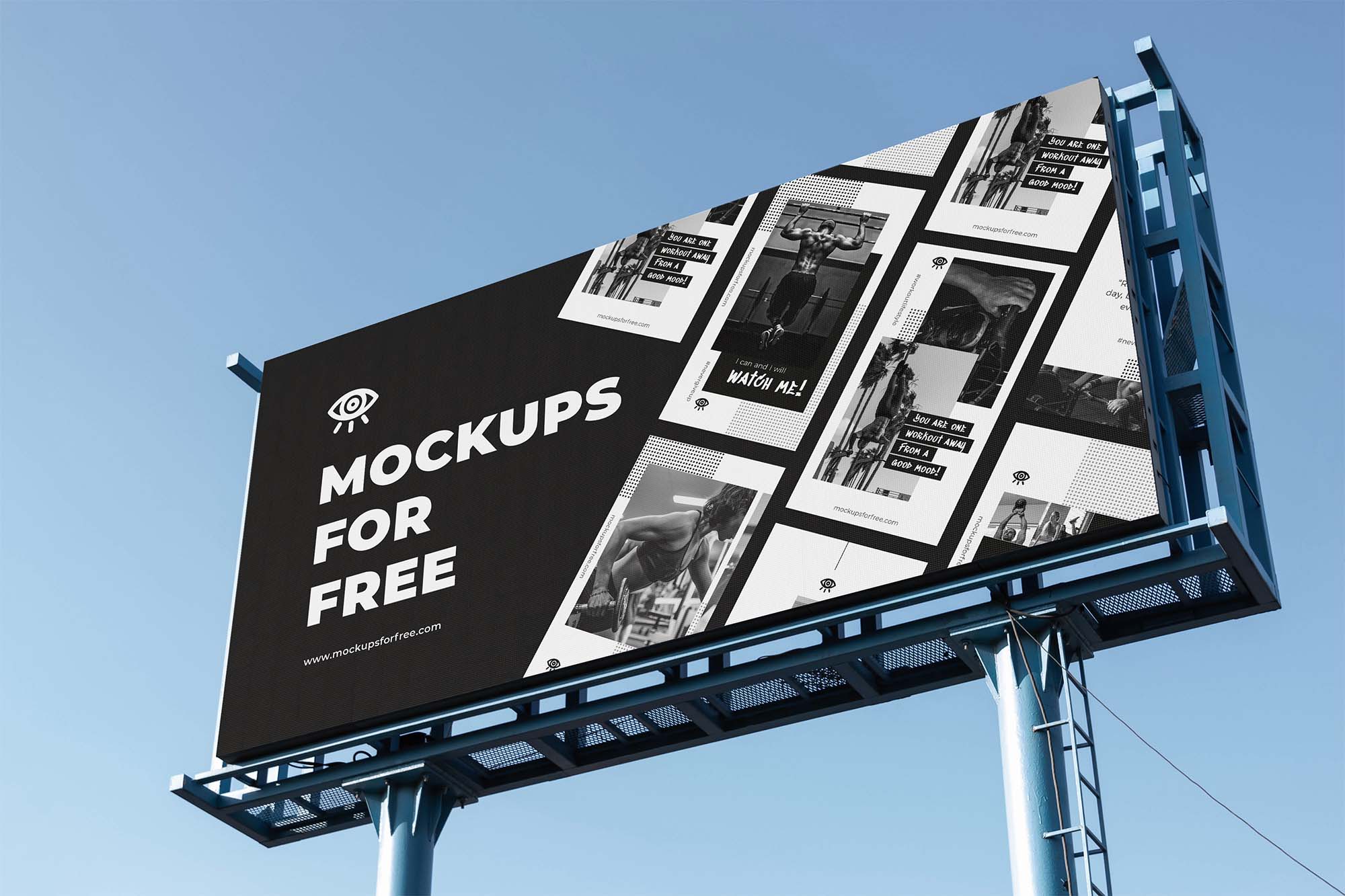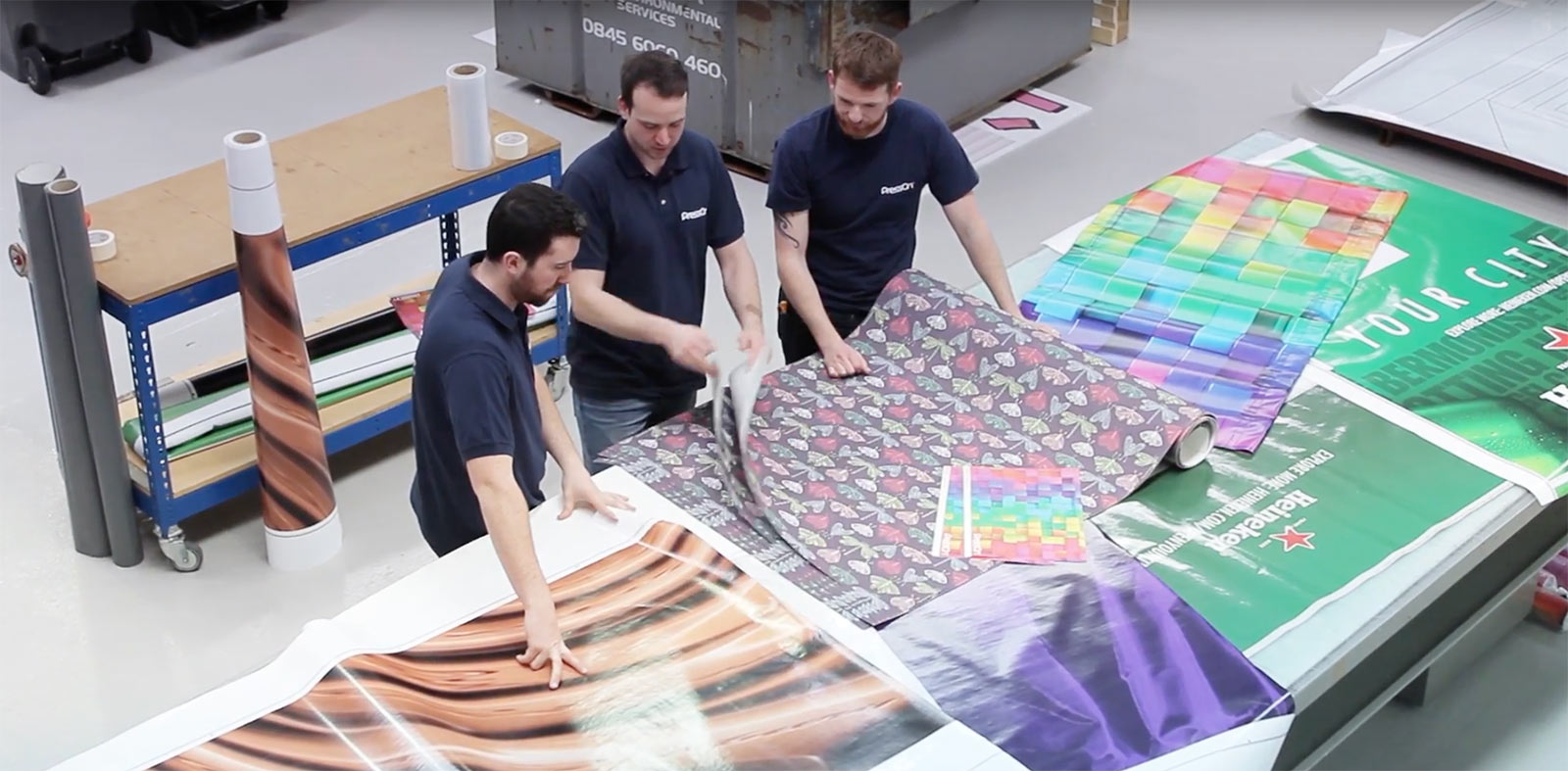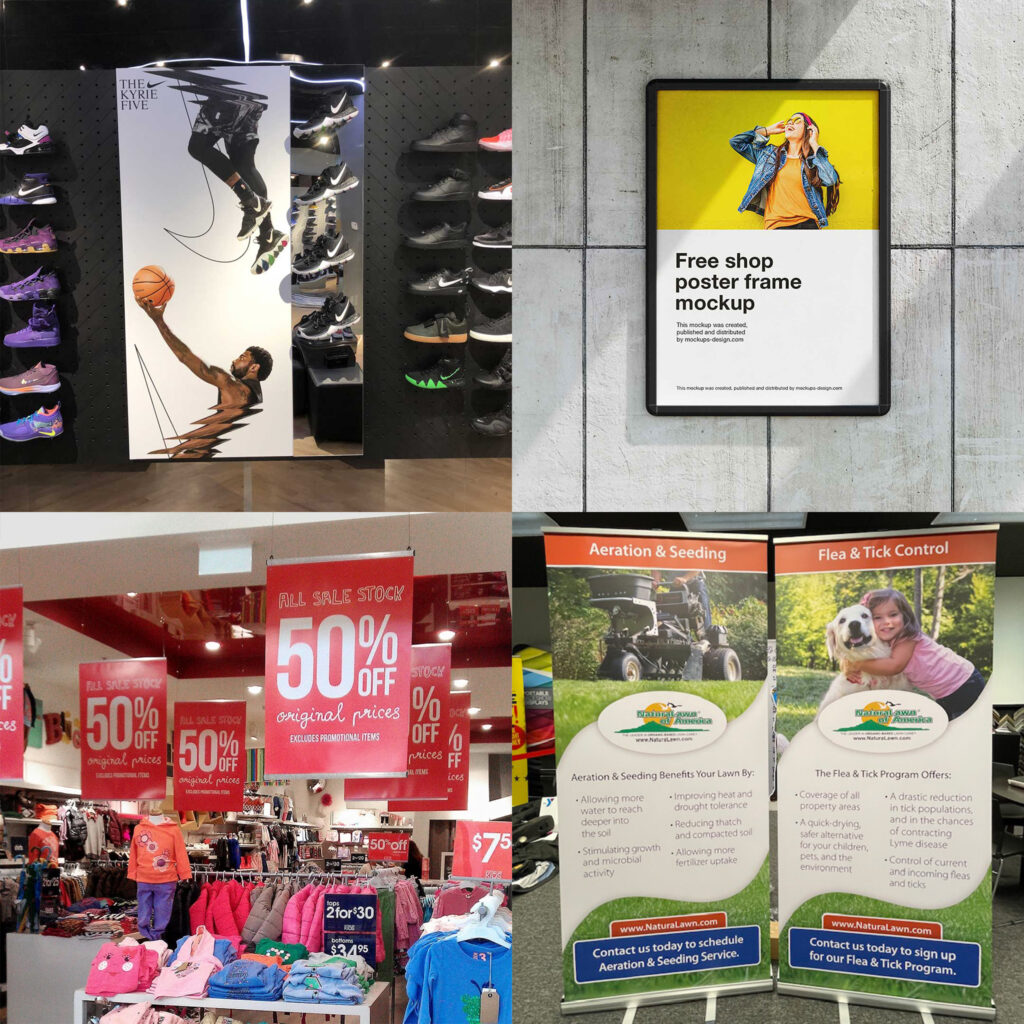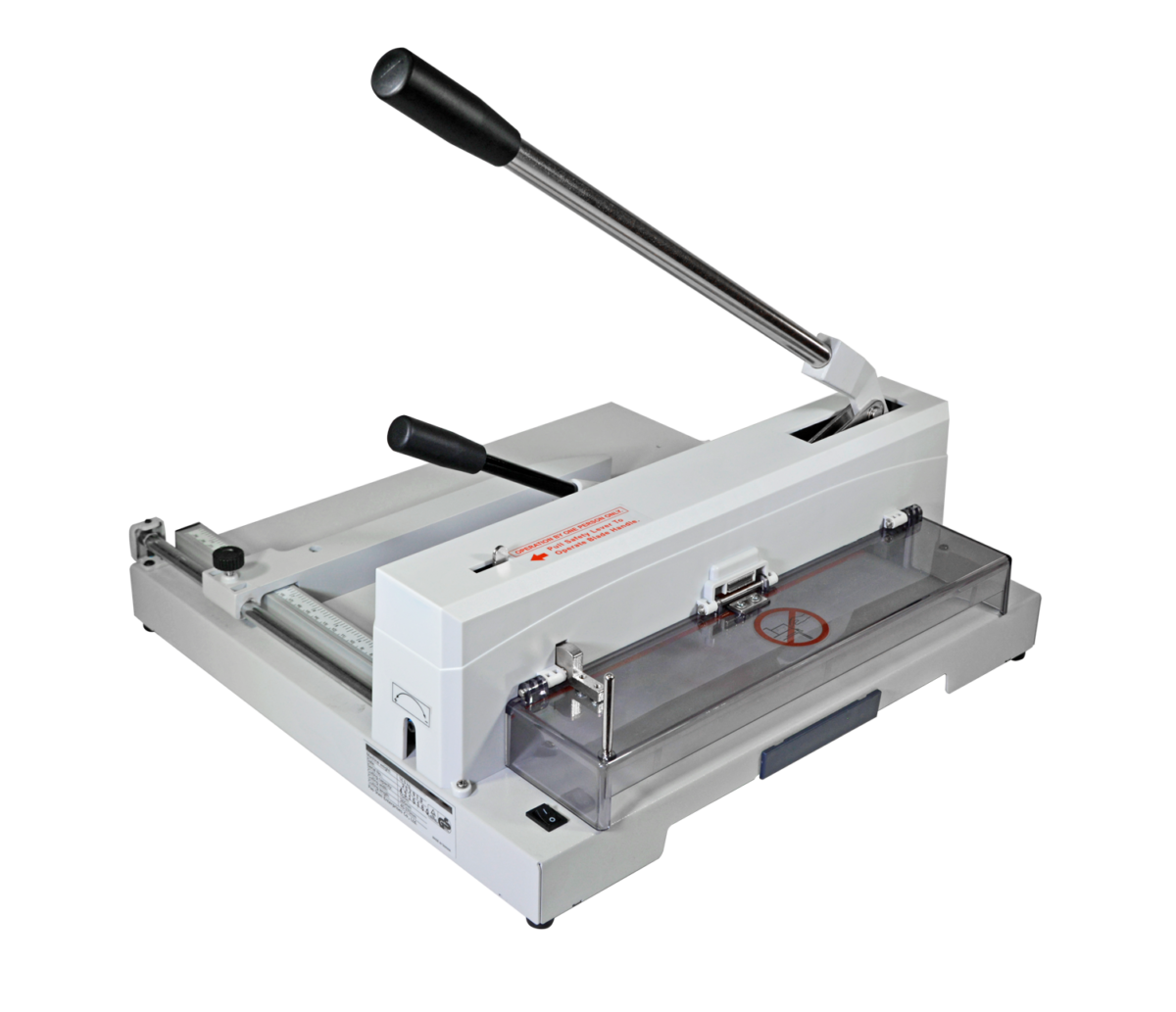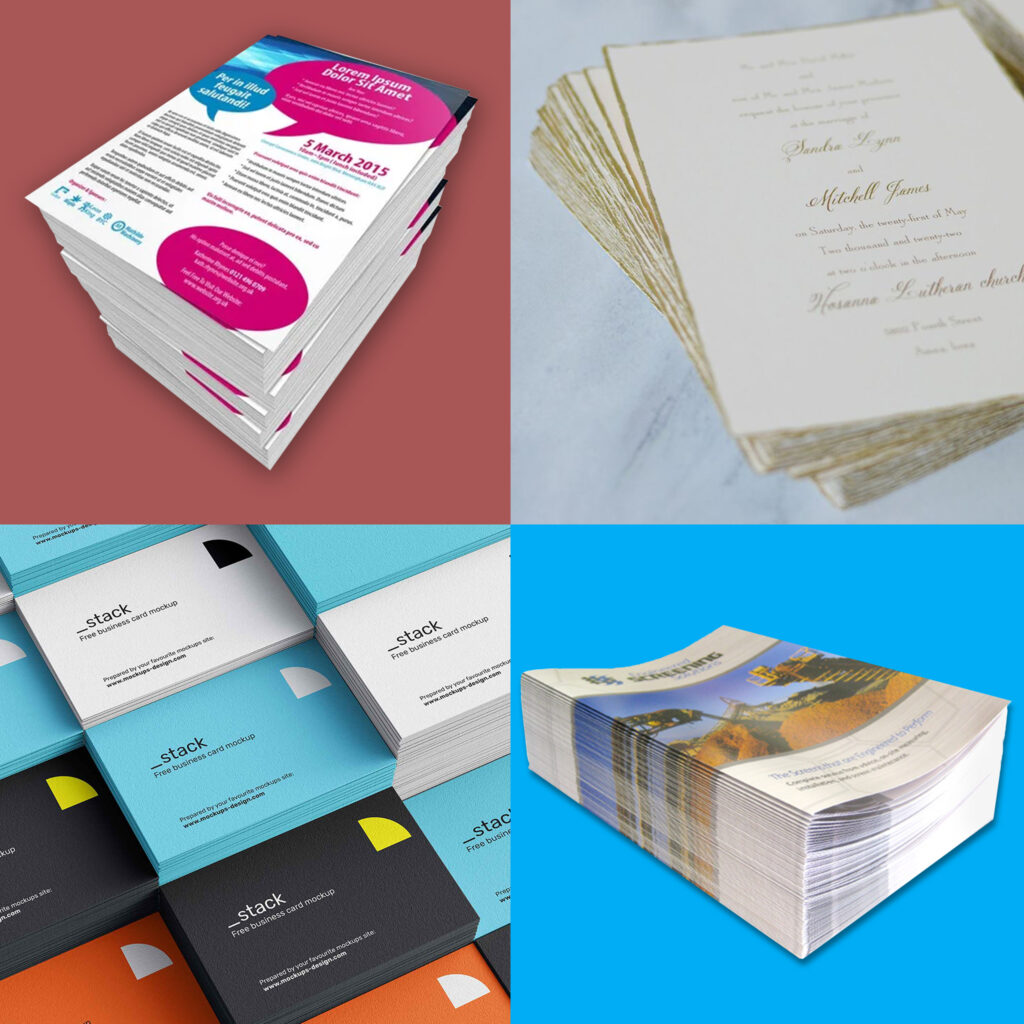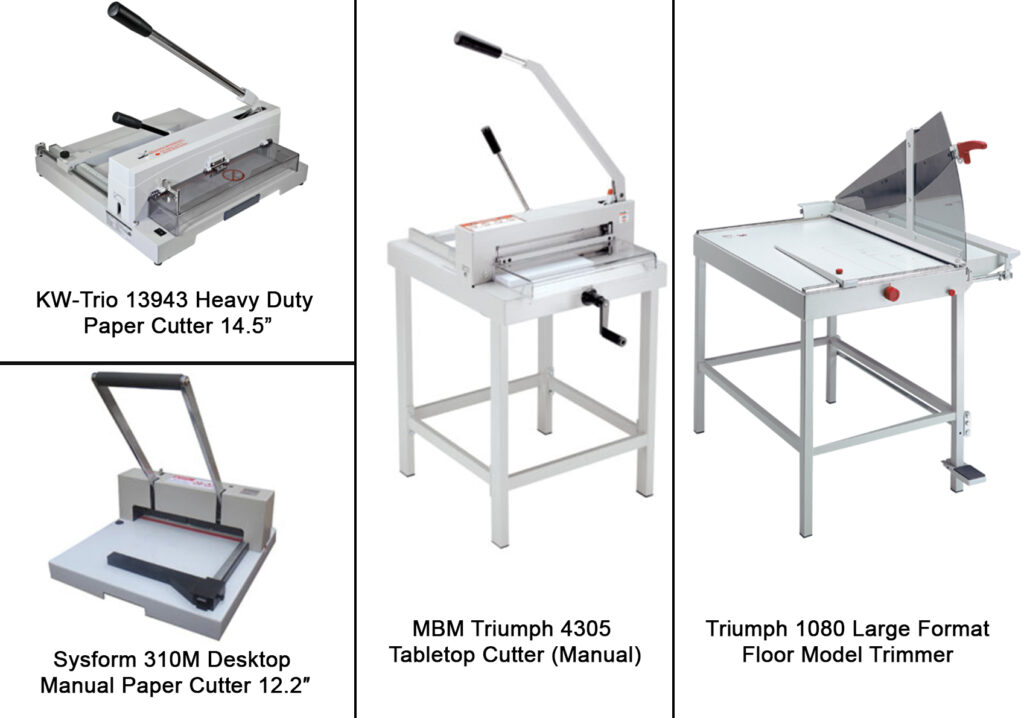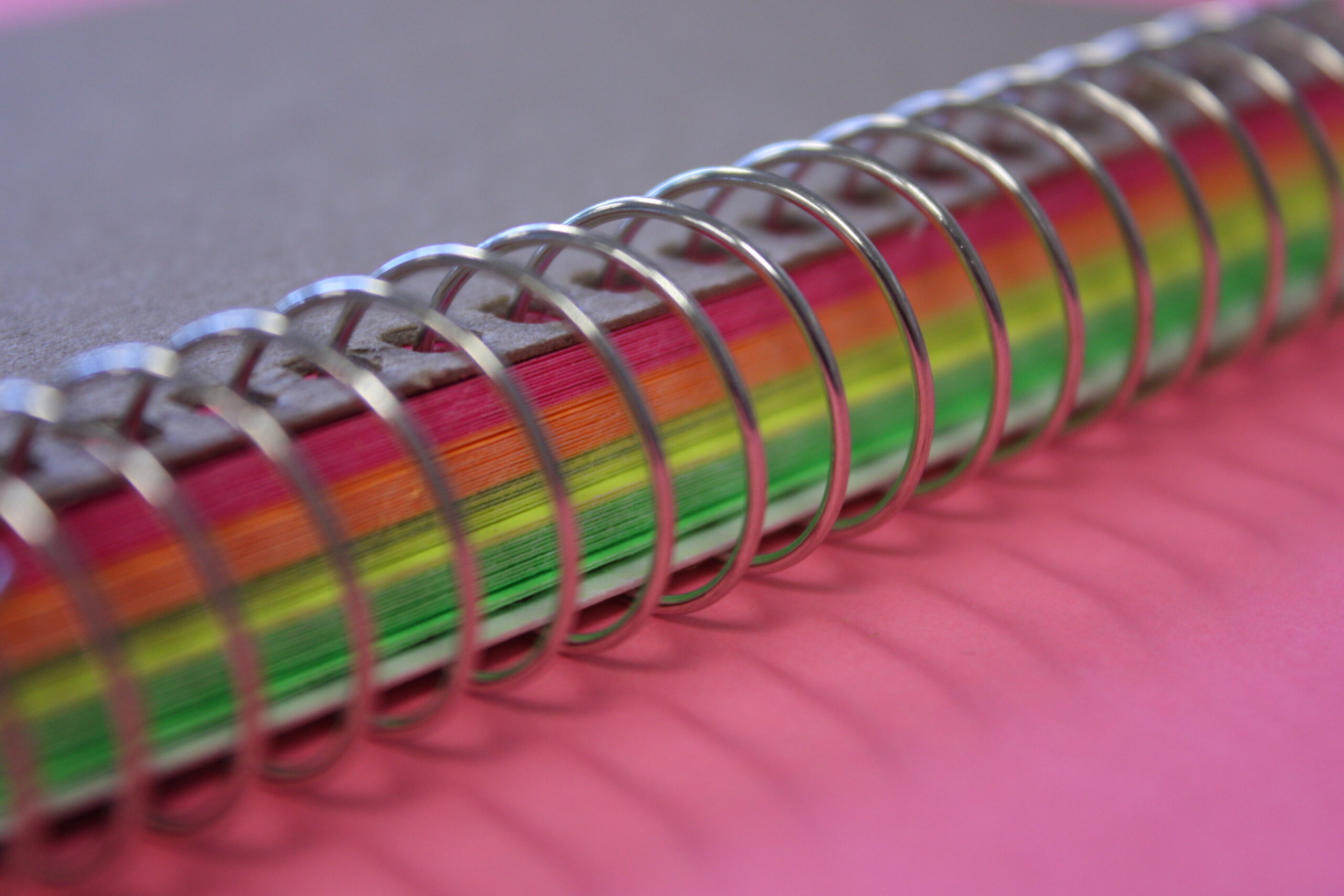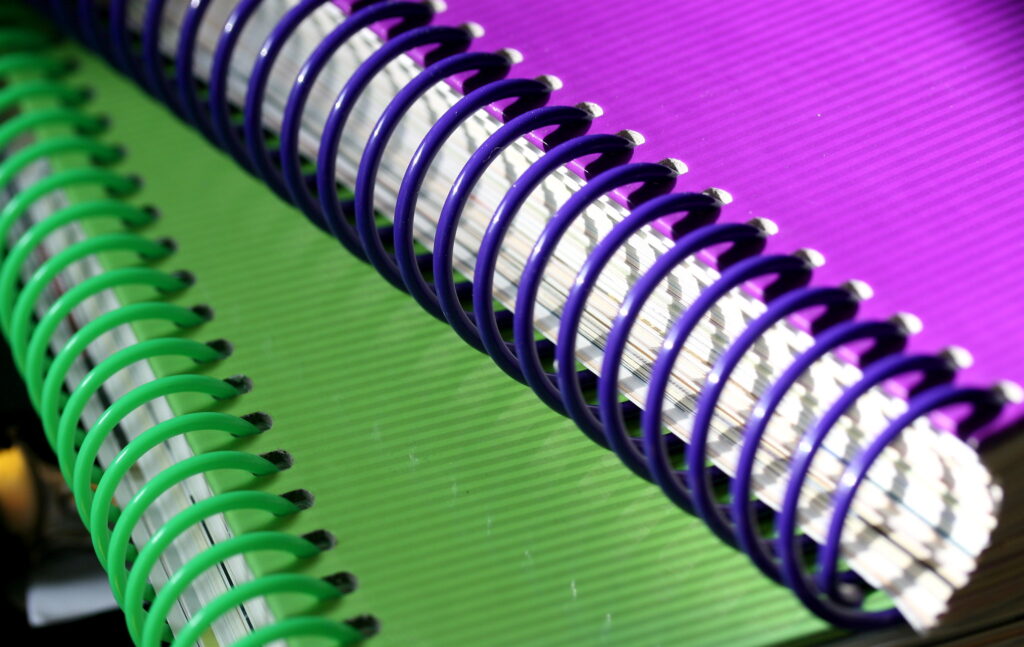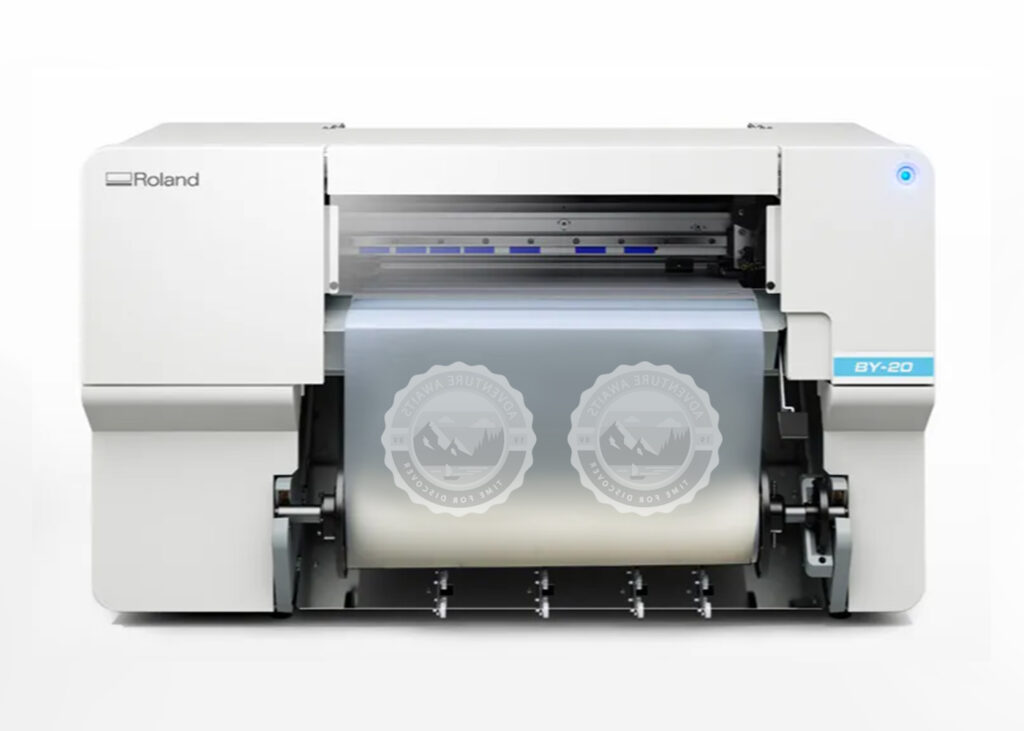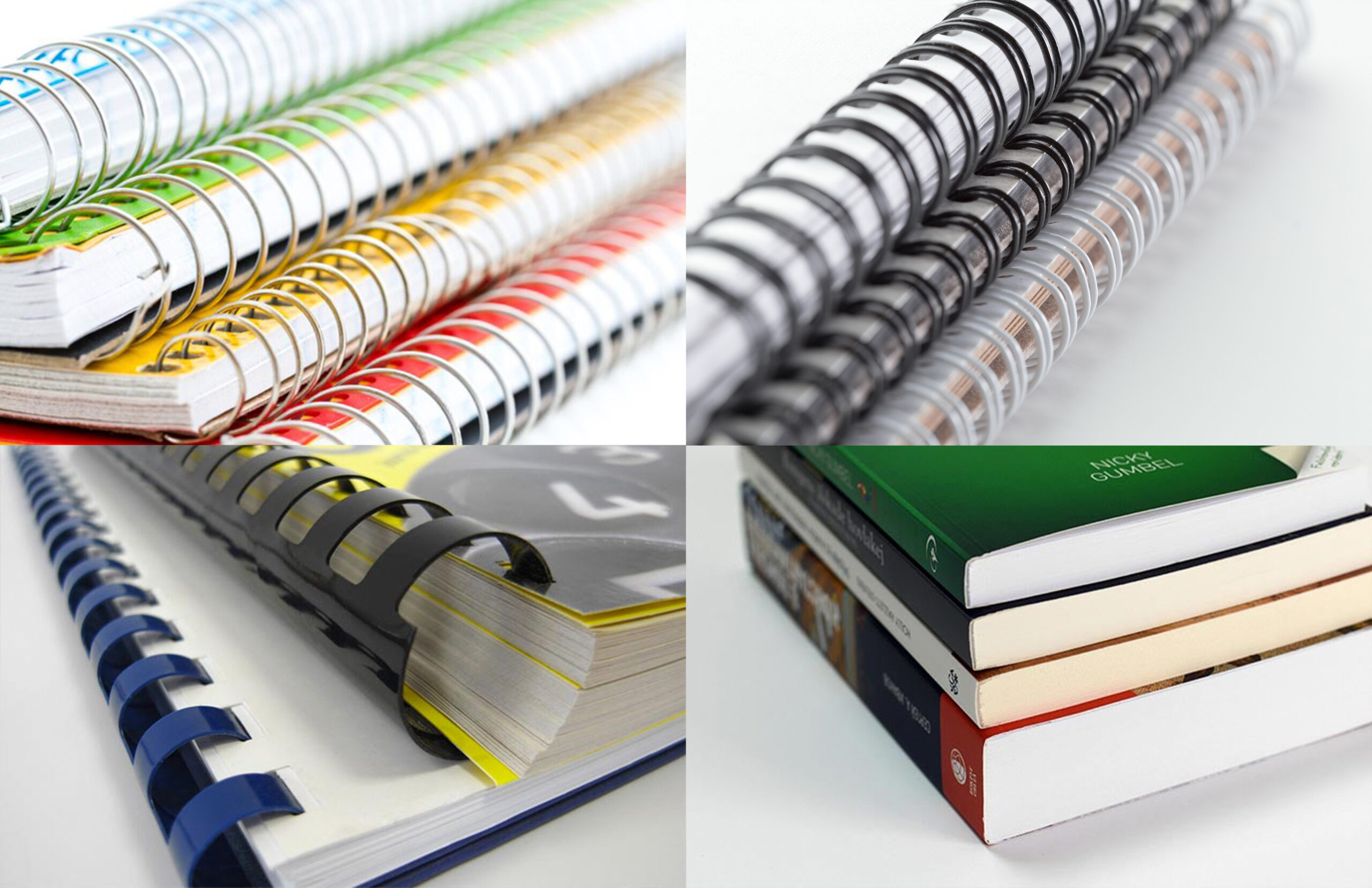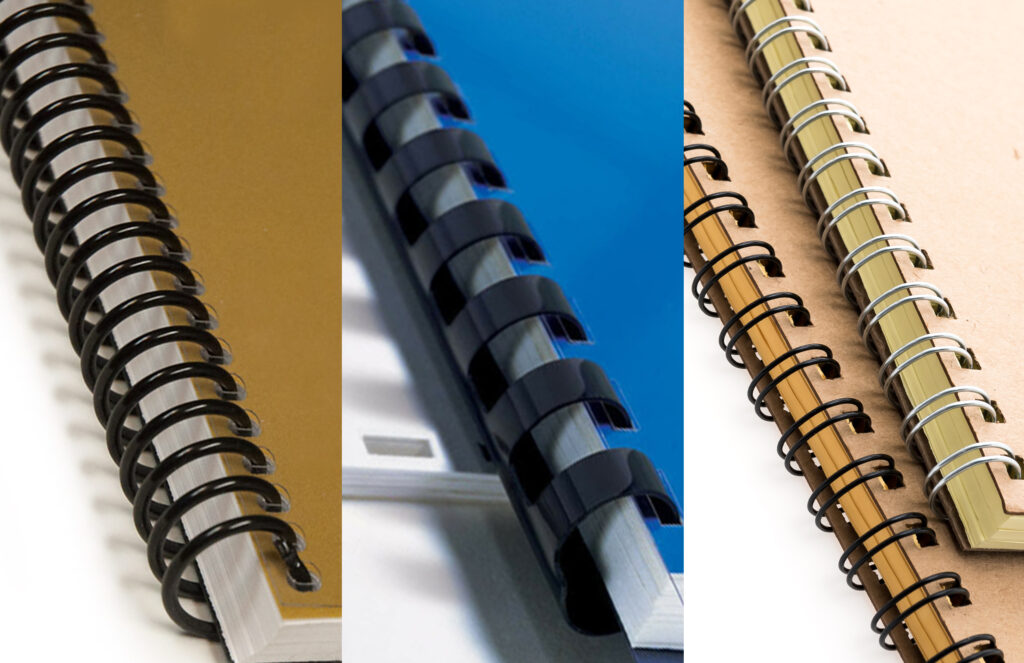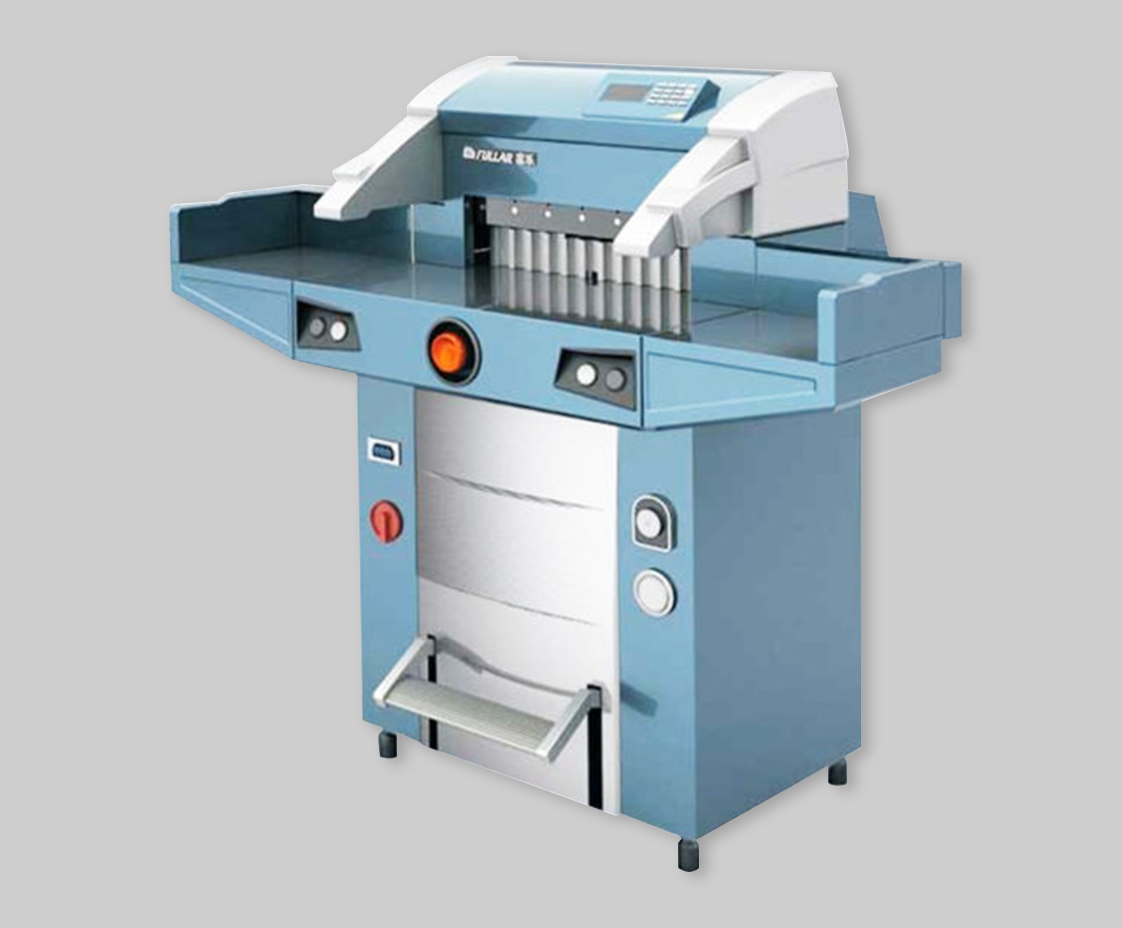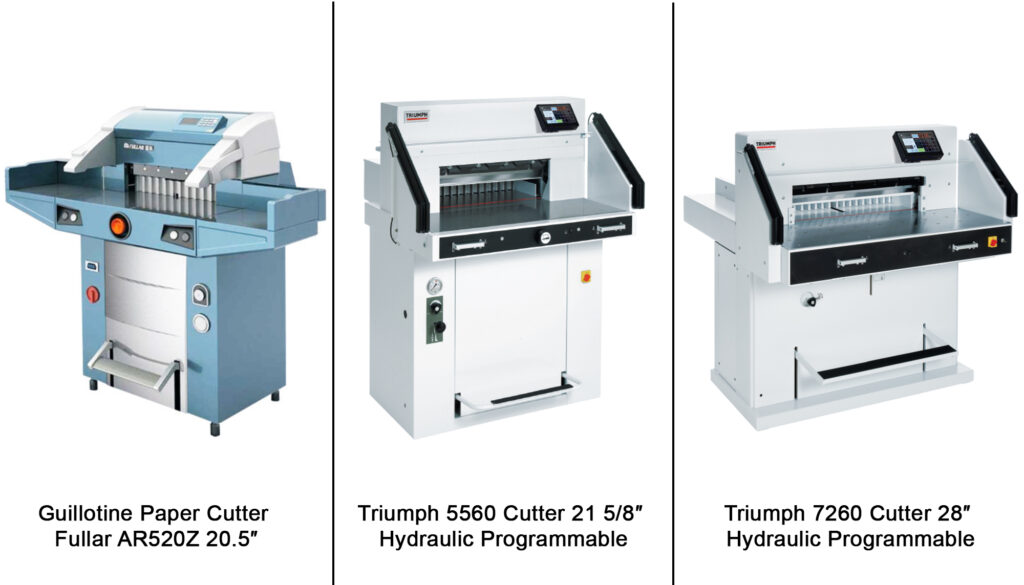Tag: printing business tips
Quick Maintenance Tips for Ink Cartridges
Ink cartridges are the lifeblood of any printing operation, providing the essential medium for transferring designs, text, and images onto paper. However, the importance of ink cartridges extends beyond mere functionality; their proper maintenance is critical for ensuring optimal printing performance and longevity of printing equipment. From preventing clogs and streaks to maximizing ink efficiency and print quality, the care and maintenance of ink cartridges are paramount for smooth and consistent printing operations. In this article, we’ll explore essential tips and techniques for properly maintaining ink cartridges, discussing why it’s crucial for preserving the health of your printer, minimizing downtime, and achieving optimal printing results. Whether you’re a professional printer operator or a casual home user, understanding how to care for your ink cartridges can make a significant difference in the overall performance and lifespan of your printing equipment.
What are Ink Cartridges in Printers?
An ink cartridge is a small, replaceable container used in printers to hold liquid ink. It is a crucial component of inkjet printers, as it supplies ink to the printhead, which then deposits the ink onto paper or other printing media to create text, graphics, or images. Ink cartridges typically contain one or more compartments filled with ink, and they come in various colours, including black, cyan, magenta, and yellow, allowing for full-colour printing capabilities. When the ink in a cartridge runs out or becomes depleted, the cartridge is replaced with a new one to continue printing. Ink cartridges are available in different sizes and capacities, depending on the printer model and usage requirements. They play a vital role in the printing process, directly impacting the quality and efficiency of printed output.
Quick Maintenance Tips for Handling Ink Cartridges
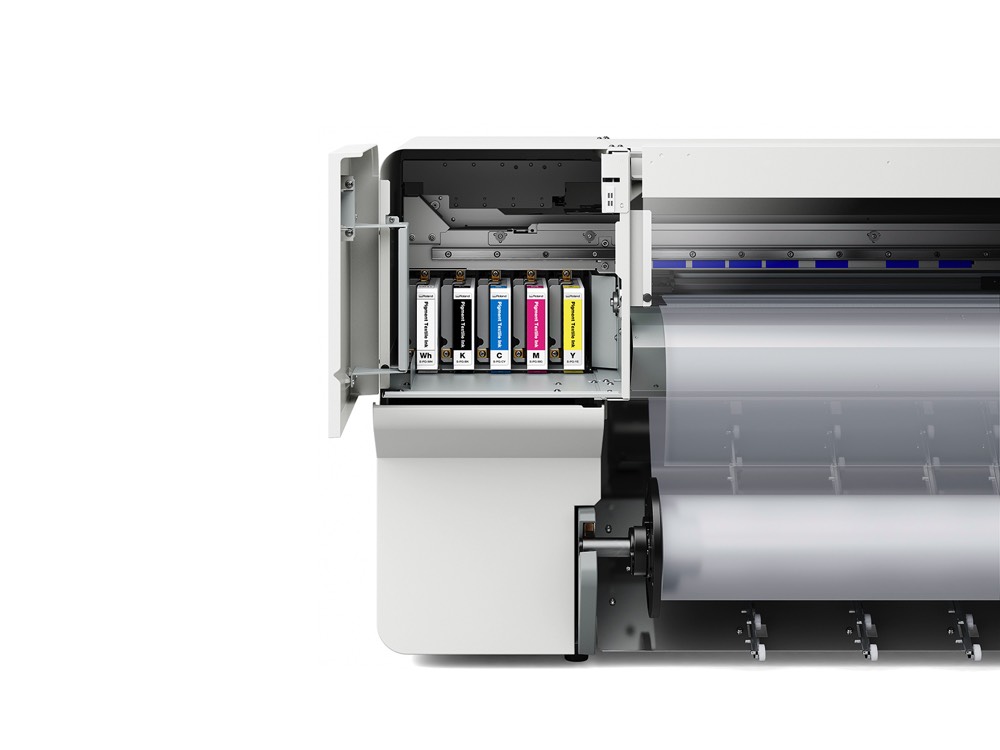
Here are some quick maintenance tips for handling ink cartridges:
- Storage: Store ink cartridges in a cool, dry place away from direct sunlight and extreme temperatures to prevent ink from drying out or deteriorating.
- Handling: Handle ink cartridges carefully to avoid damaging the printhead or cartridge contacts. Avoid touching the printhead or electrical contacts, as oils from your fingers can affect print quality.
- Shaking: Before installing the ink cartridge, gently shake it to evenly distribute the ink inside. This helps ensure consistent ink flow and print quality.
- Installation: Follow the manufacturer’s instructions for installing ink cartridges correctly. Make sure the cartridge is securely inserted into the printer and properly aligned.
- Print Regularly: To prevent ink from drying out and clogging the printhead, print regularly, especially if the printer is not used frequently. Most printers perform automatic maintenance routines when printing, which helps keep the printhead clear.
- Clean Printhead: If print quality issues arise, such as streaks or missing colours, use the printer’s maintenance tools to clean the printhead. Follow the printer’s instructions or consult the user manual for specific cleaning procedures.
- Replace Timely: Replace ink cartridges promptly when they are low or empty to avoid running out of ink during printing. Most printers provide low ink warnings or indicators when cartridges need to be replaced.
- Recycle: Dispose of used ink cartridges responsibly by recycling them. Many manufacturers offer cartridge recycling programs, or you can take them to local recycling centers or office supply stores that accept used cartridges.
- Using Proper Ink Cartridge: Each printer has its specific type of ink. Printer manufacturers often produce inks designed for their printers, and using compatible ink ensures optimal performance and print quality.
By following these maintenance tips, you can ensure the longevity of your ink cartridges and maintain optimal print quality for your documents and images.
Are There Different Types of Inks for Printers?
Yes, there are different types of inks used in printers, each designed for specific printing technologies and applications. Some common types of printer inks include:
- Dye-Based Inks: Dye-based inks consist of water-soluble dyes that produce vibrant colours and smooth gradients. They are commonly used in inkjet printers for photo printing and general-purpose document printing. Dye-based inks are known for their high colour saturation and excellent image quality, particularly on glossy or coated paper.
- Pigment-Based Inks: Pigment-based inks contain solid particles suspended in a liquid carrier. These inks are more resistant to fading and smudging compared to dye-based inks, making them suitable for archival-quality prints and documents requiring long-term durability. Pigment-based inks are commonly used in professional-grade inkjet printers for graphics, text, and line drawings.
- UV-Curable Inks: UV-curable inks are formulated to cure instantly when exposed to ultraviolet (UV) light. They are commonly used in wide-format printers for outdoor signage, banners, and vehicle wraps. UV-curable inks offer excellent durability and weather resistance, making them suitable for applications requiring outdoor durability and scratch resistance.
- Solvent-Based Inks: Solvent-based inks are formulated with organic solvents that evaporate during the printing process, leaving behind pigment particles on the substrate. These inks are commonly used in large-format printers for outdoor signage, vehicle wraps, and banners. Solvent-based inks offer excellent outdoor durability and scratch resistance but may emit volatile organic compounds (VOCs) during printing.
- Latex Inks: Latex inks are water-based inks containing latex polymer particles. They are used in wide-format printers for indoor and outdoor applications, including banners, signage, and vehicle wraps. Latex inks offer high colour saturation, durability, and environmental benefits, as they emit fewer VOCs compared to solvent-based inks.
- Sublimation Inks: Sublimation inks are used in printers equipped with dye sublimation technology to transfer designs onto polyester-based materials such as textiles, ceramics, and coated surfaces. These inks sublimate from a solid to a gas when heated, bonding with the surface of the substrate to create vibrant, long-lasting prints.
Each type of ink has its unique properties and applications, so it’s essential to choose the right ink for your specific printing needs and equipment.
In conclusion, proper maintenance of ink cartridges is essential for ensuring optimal printing performance and longevity of printing equipment. By following these simple tips, including storing cartridges properly, handling them with care, and replacing them promptly, users can prevent issues such as clogs, streaks, and print quality degradation. Regular maintenance, such as shaking cartridges before installation and cleaning printheads as needed, helps maintain consistent print quality and extends the lifespan of both cartridges and printers. Additionally, responsible disposal and recycling of used cartridges contribute to environmental sustainability. By incorporating these maintenance practices into their printing routine, users can enjoy reliable printing results and minimize downtime, ultimately maximizing the value and efficiency of their printing operations.
If you’re a business owner looking to enhance your printing operations with the right printer inks, don’t hesitate to explore our wide range of high-quality ink solutions. Our selection includes inks designed for various printer models and purposes, ensuring you get the best performance and results. Whether you need inks for standard office printing, specialized graphics, or vibrant photo prints, we’ve got you covered. Take the next step towards achieving impeccable print quality and reliable performance by browsing our ink catalogue today. Contact our team of experts for personalized recommendations and assistance in selecting the perfect ink solutions to meet your business needs. Elevate your printing game with the right inks – get in touch with us now!

